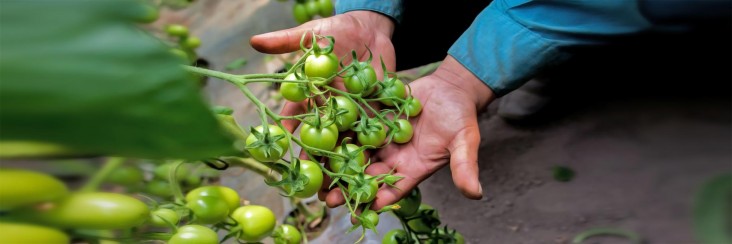A Future for His Family in Guatemala
The story of a farmer in Guatemala’s Western Highlands, and how USAID is providing an alternate choice over illegal migration to the United States. Read the story
You are viewing:
Information released online before January, 2021.
Note: Content in this archive site is NOT UPDATED, and external links may not function. External links to other Internet sites should not be construed as an endorsement of the views contained therein.
You are entering the 2017-2020 Archive for the
United States Agency for International Development web site.
If you are looking for current information, visit www.usaid.gov.

The story of a farmer in Guatemala’s Western Highlands, and how USAID is providing an alternate choice over illegal migration to the United States. Read the story
USAID’s Feed the Future activities reduce hunger, malnutrition, and poverty by increasing and stabilizing rural incomes and improving the nutritional status of rural and indigenous populations within the Western Highlands.
USAID’s food security programs in Guatemala operate under the U.S. Government’s Feed the Future Initiative. Feed the Future collaborates with the Government of Guatemala and local leaders at the community, municipal, departmental, and regional levels to reduce hunger, malnutrition, and poverty by achieving sustainable rural development and increased agricultural income.
USAID seeks to achieve sustainable rural development in more than 2,500 communities throughout the Western Highlands, through integrated programming in agriculture, economic development, healthcare, education, nutrition, adaptation to the impacts of climate change, local governance, and gender equity.
USAID supports market-based solutions to food insecurity and seeks to address the underlying economic factors that fuel it. As part of its holistic approach, USAID works to increase private sector investment, job creation and decentralization of basic service delivery to combat the spread.
The GFSS Country Plan serves as an overarching framework for integrated food security and nutrition programming, identifying the key drivers of food insecurity, and malnutrition. The United States Government and other multilateral and bilateral donors support the Government of Guatemala to build the skills and experience necessary to effectively implement established policies; deliver agriculture, health, and nutrition services to target populations; and plan and budget for needed programs in the future.
Years of drought and crop failure have caused extreme food insecurity in Guatemala (1/3 of the country is food insecure), compelling rural residents to migrate. At 47 percent, Guatemala has the highest rate of stunting in the Western Hemisphere, the 6th rate in the world, with the prevalence rate reaching 70 percent in some parts of the predominantly indigenous Western Highlands.
While agriculture is the most labor-intensive sector in the Guatemalan economy—employing 33 percent of the population—it only contributes to 13.5 percent to the gross domestic product and offers limited opportunities for prosperity and growth. This landscape makes it difficult for Guatemalans to attain a better quality of life, and by one estimate, has driven 1.5 million Guatemalans to emigrate in the last 20 years.
Despite all of the above, Guatemala has tremendous potential for expanding its agricultural production which would lead to rural economic growth, job creation, and poverty alleviation. Guatemala is recognized as a leader in non-traditional agricultural exports in Central America, such as snow peas, green beans, mini-vegetables, and fruits, which have grown over the past ten years benefitting smallholder farmers.

Comment
Make a general inquiry or suggest an improvement.